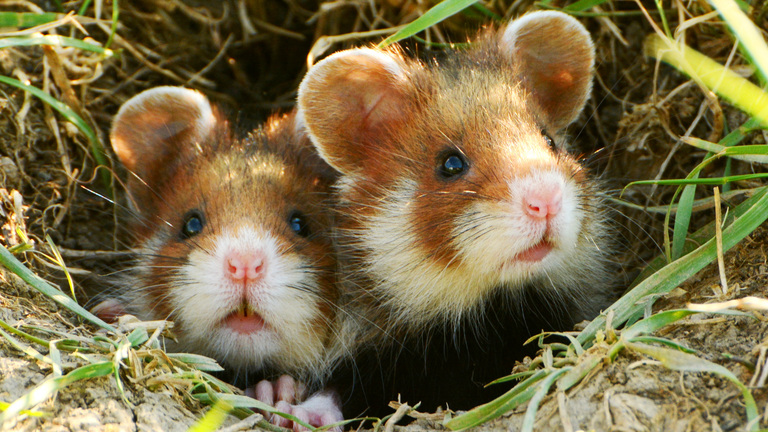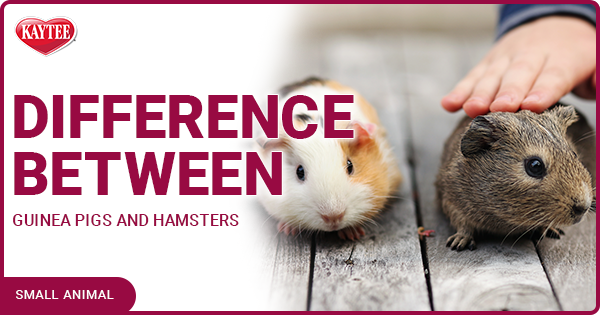Hamster Behavioral Differences by Breed
Understanding the differences in hamster behavior by breed is essential for potential owners and enthusiasts who want to create the best environment for their pets. Each hamster breed exhibits unique traits influenced by genetics, temperaments, and social needs. In this article, we explore the various breeds of hamsters, their distinctive behaviors, and how these characteristics can impact their care.
Understanding Hamster Breeds
Hamsters belong to the Cricetidae family and are commonly available in several breeds, which include the Syrian, Dwarf Campbell, and Winter White hamsters. Each breed’s behavioral traits can significantly differ due to their unique breeding histories. For example, the **Syrian hamster**, also known as the golden hamster, is known for its larger size and solitary nature, often showcasing a more developed personality. On the other hand, **dwarf hamsters**, like the Campbell and Roborovski varieties, are smaller and tend to be more social and active, often thriving in pairs or groups. Understanding these fundamental behavioral characteristics is vital for successful hamster ownership.
Behavior of Syrian Hamsters
**Syrian hamsters** are perhaps the most popular breed kept as pets. These little creatures display a range of fascinating behaviors, often characterized by their solitary nature. Unlike other dwarf breeds, Syrian hamsters prefer to live alone, which can lead to territorial behaviors. They are generally more passive, but can also exhibit defensive aggression if they feel threatened. Playfulness surfaces during interaction with humans, often showcasing curious antics that endear them to their owners. A **proper habitat** for a Syrian hamster includes plenty of space, stimulating toys, and a quiet area for resting. This setup helps minimize stress and promotes healthier behavior.

Dwarf Hamsters: Traits and Socialization
Dwarf hamsters, which encompass breeds such as the **Dwarf Campbell’s** and **Roborovski**, display a significantly different temperament compared to their Syrian counterparts. These species thrive in social settings, allowing them to exhibit complex interactions with cage-mates. **Dwarf Campbell** hamsters are particularly known for their playful and active behavior. They communicate frequently through squeaks and gestures, making them engaging pets. As they are less territorial than Syrian hamsters, dwarf breeds often cohabit peacefully, though owners should always monitor for signs of aggression. A multi-level cage with plenty of enrichment can enhance their socialization and play instincts.
Behavior Profiles of Winter White Hamsters
The **Winter White hamster**, native to Siberia, is another popular breed known for its striking seasonal changes in fur color. Their behavior is generally calm and curious, though they can be shy, especially if not adequately socialized during their early life stages. **Winter Whites** thrive in environments that encourage burrowing and exploration. When cared for correctly, they can be trained to respond gently to their owners, often becoming affectionate and engaging pets. Creating a secure environment is crucial in allowing these hamsters to exhibit natural behaviors like nesting and foraging.
Recognizing Behavioral Signs of Stress
Regardless of breed, it’s important to recognize the signs of stress in hamsters. Behavioral changes can signal that your pet is not feeling safe or secure. Typically, hamsters may display aggression, excessive grooming, or excessive hiding when stressed. Observing your hamster’s **body language** can offer insights into their comfort levels. A hamster that suddenly becomes lethargic or stops interacting may need adjustments to their habitat. Ensuring a calm space with minimal disturbances can greatly alleviate stress.
Signs of Happy Behavior
A healthy, happy hamster is easy to spot! Common behaviors include running on a wheel, exploring their environment, and interacting positively with their owners. In particular, engaging with toys or treats can express that your hamster feels secure in its environment. Furthermore, **grooming** is also a reassuring sign; if your hamster is grooming itself, it usually indicates a sense of wellbeing. Offering various chew toys and hideouts can further enhance their living experience.
Situational Behaviors in Different Environments
Recognizing how environment plays a role in your hamster’s behavior is crucial. For instance, hamsters raised in solitary environments may display more aggression or anxiety compared to those raised with ample interaction and socialization, particularly in dwarf breeds. Adjustments in cage layout, choosings the right bedding material, and providing enough enrichment items can positively influence their happiness. A spacious, enriched cage that encourages natural behaviors can result in a more relaxed hamster.
Creating the Right Habitat
It’s essential to create an appropriate habitat that caters to the behavioral needs of your hamster breed. A good cage will vary depending on the species; for example, Syrian hamsters require larger spaces compared to dwarf hamsters. **Cage setup** should include a sturdy wheel, tunnels, and hiding spots to allow natural behavior expression. Keeping the environment clean and safe while ensuring the cages are escape-proof is vital for their wellbeing.
Feeding Routines and Their Impact on Behavior
The right diet also plays a critical role in a hamster’s overall behavior. High-quality hamster food should be supplemented with **fresh vegetables and occasional treats** to keep your pet healthy and engaged. Inadequate nutrition can lead to lethargy or aggressive behavior, particularly in breeds like the Syrian hamster, who may be more prone to health issues when not properly cared for. Establishing a consistent feeding routine leads to structured days for your hamsters, leading to the emergence of natural habits and patterns.
Identifying Individual Personality Traits
Much like people, hamsters possess distinct personalities that influence their behavior. Some may be adventurous and curious, while others may lean towards being more cautious or shy. Noticing these nuances can enhance the bond you share with your pet. Engaging in gentle interactions like hand-feeding can encourage more **personality** to shine through, boosting not only the pet’s confidence but your relationship with them. Regular interaction builds trust and can alter behavioral outcomes positively.
Key Takeaways
– Each hamster breed exhibits unique behavioral traits that require different care considerations.
– Understanding environment and diet significantly influences pet behavior and overall wellbeing.
– Observing your hamster’s body language and personality helps in creating a harmonious living environment.
FAQ
1. Do different hamster breeds require different types of cages?
Yes, different breeds have varying space and enrichment needs. Syrian hamsters require larger cages due to their solitary nature, while dwarf hamsters benefit from multi-leveled habitats where they can successfully coexist.
2. How can I tell if my hamster is happy?
Happy hamsters usually exhibit playful behaviors such as running on wheels, exploring their surroundings, and engaging in interactions. A lively demeanor, along with grooming habits, is often a solid indicator of well-being.
3. Are dwarf hamsters more social than Syrian hamsters?
Generally, yes. Dwarf hamsters tend to thrive better in pairs or small groups, allowing them to engage in more social behaviors compared to Syrian hamsters, which prefer solitude and can become territorial.
4. What should I do if my hamster shows signs of stress?
To reduce stress, reassess the environment to ensure it meets your hamster’s needs. Offer enrichment, minimize loud noises, and ensure the cage setup allows for exploration and burrowing. Regular monitoring can help detect and alleviate stress early.
5. Can I train my hamster to respond to me?
Yes, although it may take time and patience. Engaging in daily interactions, offering treats, and being consistent can build trust, allowing your hamster to respond to your presence over time.
6. What is the best way to socialize my hamster?
Socializing a hamster involves consistent, gentle handling and positive reinforcement. Introduce yourself slowly and provide treats during interaction to build comfort and trust. Start with brief sessions and gradually extend the time as your hamster becomes more comfortable.
7. How often should I change my hamster’s bedding?
Bedding should be changed weekly or bi-weekly, depending on the level of soiling. Staying on top of a clean habitat promotes good health and reduces stress for your pet.
